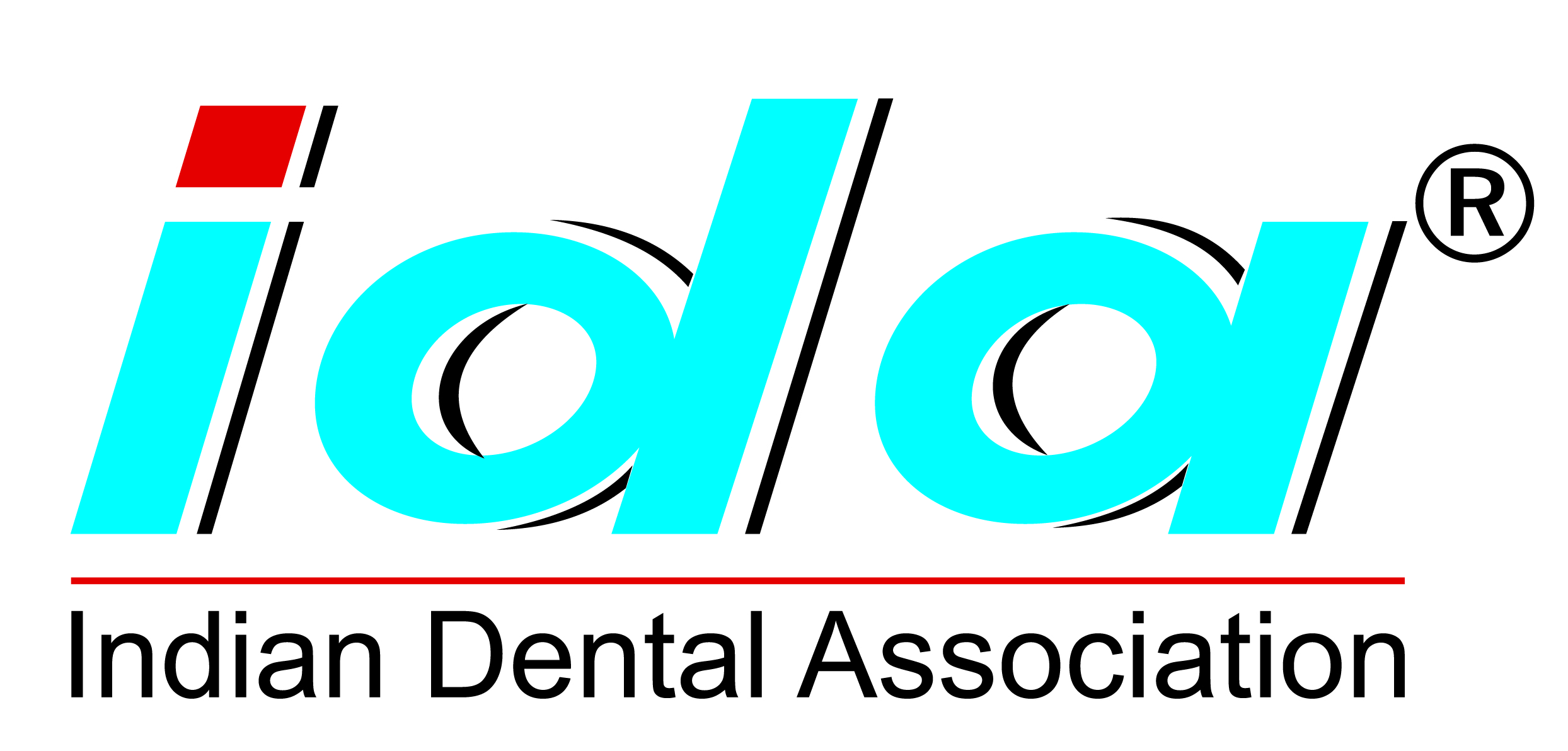It is the policy of this dental practice to inform parents of all procedures contemplated
for your child. At each examination appointment, we will identify any dental treatment
needed and describe this to you and your child.
-
Each regular examination visit consists of oral hygiene instructions, cleaning of
the teeth, topical application of fluoride, radiographs (X-rays) if needed and examination
of the teeth, hard and soft tissues of the mouth and the bite.
-
Any other treatment needed such as fillings, caps, extractions, etc. will be performed
at a separate appointment after obtaining your permission.
Indian Law requires that we obtain your written informed consent for any treatment
given to your child as a legal minor.
-
I hereby authorize and direct Dr.____________________ assisted by other dentists
and/or dental auxiliaries of his/her choice, to perform the following dental treatment
or oral surgery procedures, including the use of any necessary or advisable local
anesthesia, radiographs (X-rays) or diagnostic aids.
-
In general terms the dental procedures or operation will include:
- Cleaning of the teeth and the application of topical fluoride.
- Application of plastic “sealants” to the grooves of the teeth.
- Treatment of the diseased or injured teeth with dental restoration (filling or caps).
- Replacement of missing teeth with dental prosthesis.
- Treatment of malposed (crooked) teeth and/or oral developmental or growth abnormalities.
-
Use of local anesthesia, by injection, to numb the teeth worked on. Numbness usually
lasts from 1 ½ to 3 hours. Allergic reactions are rare. Your child will be cautioned
not to bite the numb lip and check. Please do not tell your child that they are
going to get a “shot” as we have our special way of informing them about this.
-
Nitrous Oxide (laughing gas) is used to relax children so that they feel less pain
of the injection.This gas is placed over the child’s nose. Again, this gas is very
safe. The nose piece, as with all treatment, will not be forced onthe child.
I fully understand there is a possibility of surgical and/or medical complications
developing during or after the procedure.
I further authorize Dr. _______________to perform treatment to preserve the dental
health of my child.
I further understand that parents must remain in the reception area for the duration
of their child’s visit. However, for the initial visit, that parent will accompany
the child to the consultation area. Upon completion of consultation, the parent
will be requested to return to the reception area.
I hereby state that I have read and understand this consent form and that all questions
about the procedures have been answered in a satisfactory manner. I understand that
I have a right to be provided with answers to questions which may arise during the
course of my child’s treatment.
I further understand that this consent will remain in effect until such time that
I choose to terminate it.
Date: ____________________________________
Time: ___________________________________________ AM / PM
Patient’s Name: __________________________________________________
Signature of Parent/Guardian: _____________________________________
Relationship to Patient: ________________________
Among the behaviours that can interfere with the proper provision of quality dental
care are: Hyperactivity, resistive movements, refusing to open the mouth or keep
it open long enough to perform the necessary dental treatment and even aggressive
or physical resistance to treatment, such as kicking, screaming and grabbing the
dentist’s hands or the sharp dental instruments.
All efforts will be made to obtain the cooperation of the child dental patients
by the use of warmth, friendliness, persuasion, humour, charm, gentleness, kindness
and understanding. There are several behaviour management techniques that are used
by paediatric dentists to gain the cooperation of child - patients to eliminate
disruptive behaviour or prevent them from causing injury to themselves due to uncontrollable
movements. The more frequently used paediatric dentistry behaviour management techniques
are as follows:
Tell-show-do: The dentist or assistant explains to the child what is to be done
using simple terminology and repetition and then shows the child what is to be done
by demonstrating with instruments on a model or the child’s or dentist’s finger.
Then the procedure is performed in the child’s mouth as described. Praise is used
to reinforce cooperative behaviour.
-
Positive reinforcement: This technique rewards the child who displays any behaviour
which is desirable. Rewards include compliments.
-
Voice control: The attention of a disruptive child is gained by changing the tone
or increasing the volume of the dentist’s voice. Content of the conversation is
less important than the abrupt or sudden nature of a command.
-
Mouth props: A rubber or plastic device is placed in the child’s mouth to prevent
closing when a child refuses or has difficulty maintaining an open mouth.
-
Sedations: Sometimes drugs are used to relax a child who does not respond to other
behaviour management techniques or who is unable to comprehend or cooperate for
the dental procedures. These drugs may be administered orally, by injection or as
a gas (nitrous oxide and oxygen).Your child will not be sedated without you being
informed and obtaining your specific consent for such procedure.
-
General anesthesia: The dentist performs the dental treatment with the child anesthetized
in the hospital operating room. Your child will not be given general anesthesia
without you being informed and obtaining your specific consent for such procedure.
| Initials: ___________________ |
Date : _______________________ |





